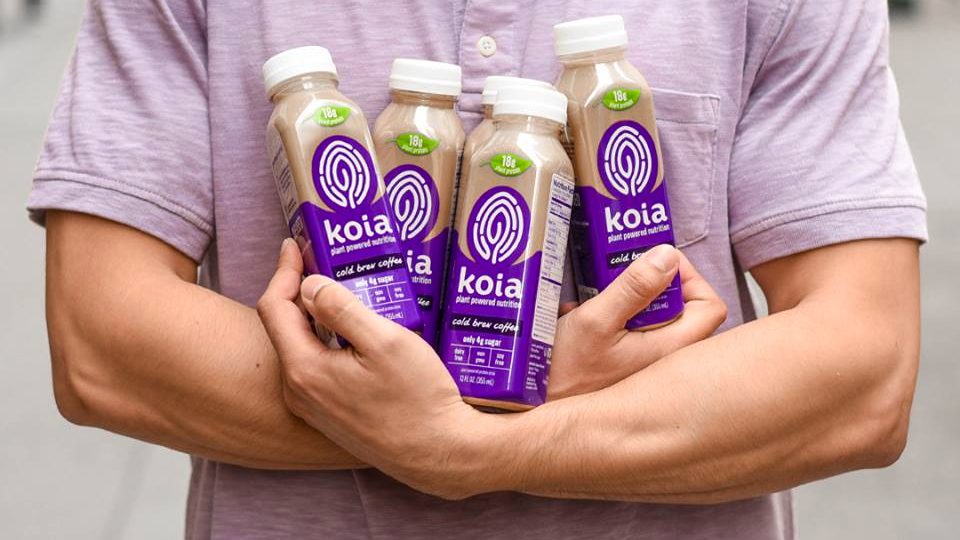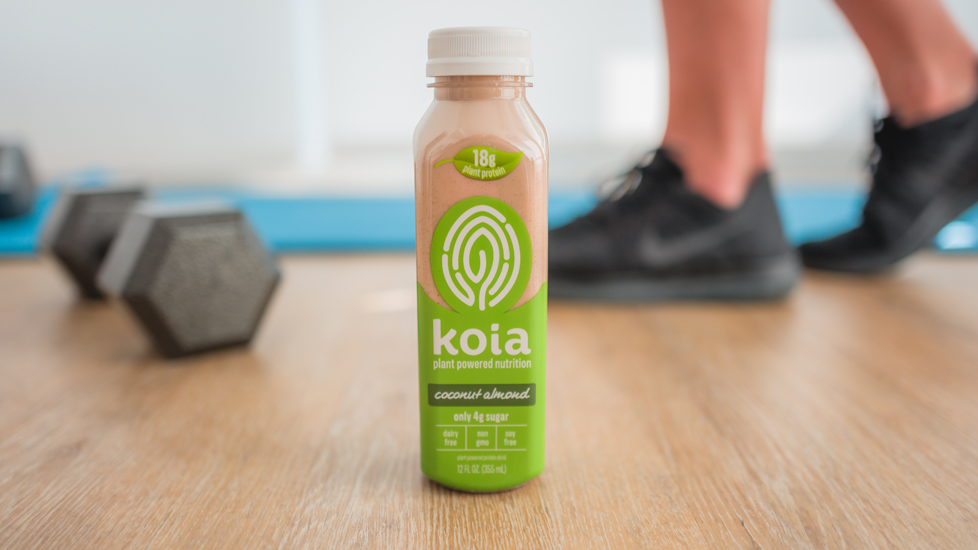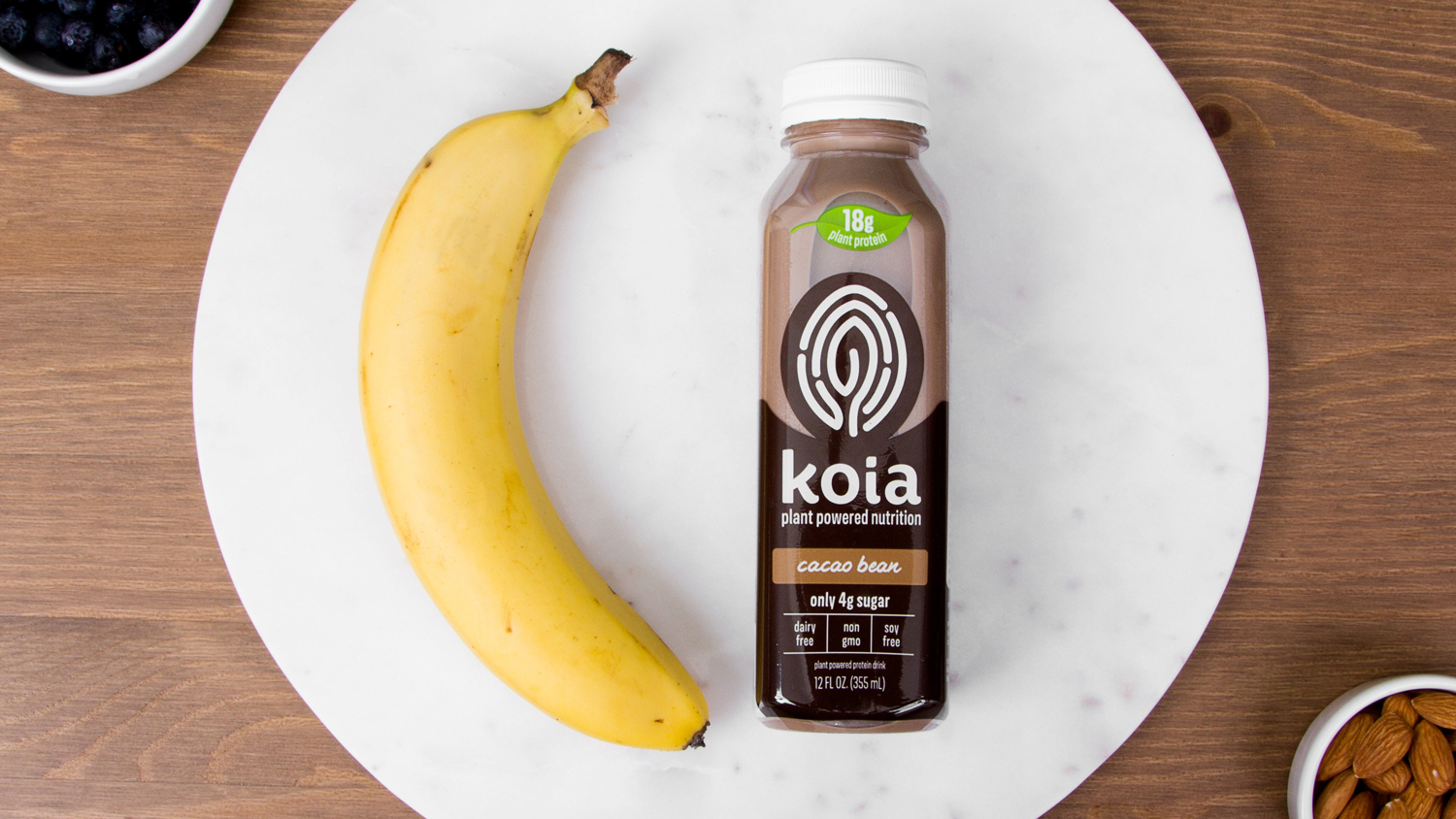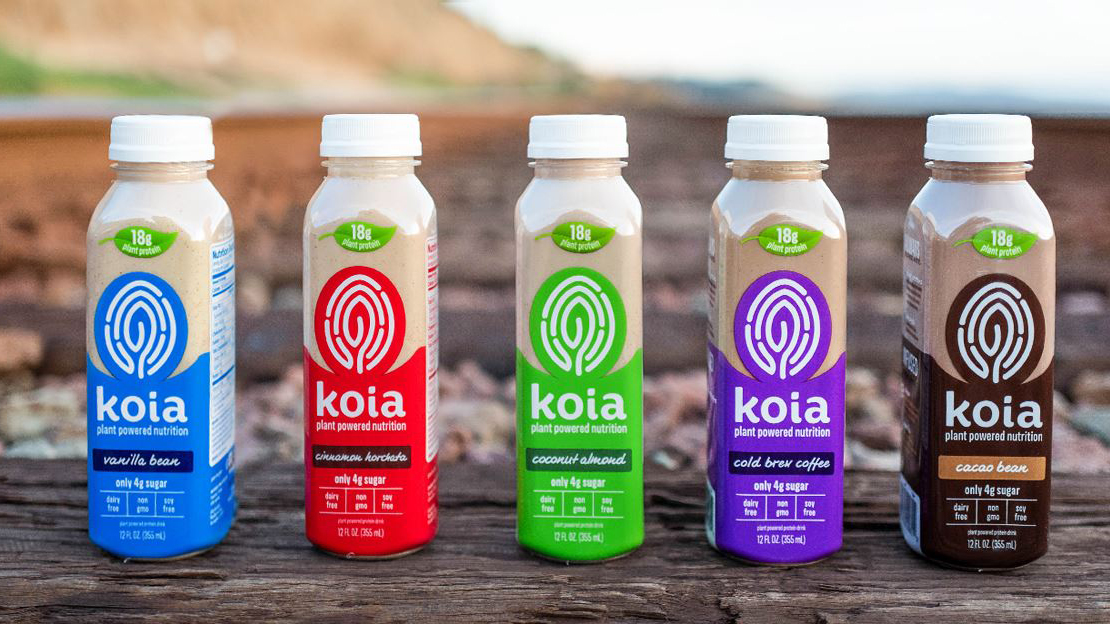When he was 25, Chris Hunter was working in the alcohol industry, trying to sell a flavored vodka that you’d use as a “bomb” by dropping it into Red Bull (like you would with Jägermeister). While doing that, he started thinking about the confluence of caffeine and alcohol.

“It just made sense to look at the two together,” he says. It was the early 2000s and there weren’t many premixed drinks of the sort at the time. Sparks was out, but not much else.
Then, one night, he and his then-girlfriend were discussing bringing vodka and Red Bulls but didn’t want to buy an entire bottle of vodka. It was out of this that Four Loko — and surely countless bad decisions by college students across the nation — was born.

Hunter and his partners rolled out Four Loko in 2005 and saw immediate success because, Hunter said, the proposition was straightforward.
“Four Loko was simple: caffeine, alcohol, and flavor in a big can.”
Four Loko then experienced a “massive, meteoric rise,” according to Hunter, followed by controversy, which nearly wiped the company out.
“We were playing by the rules, but the rules just changed,” Hunter says.
Instead of folding, the company pivoted, hiring a management company which could oversee the operations. It was at that point that Hunter — who had a son and was in his thirties — realized that his priorities had changed. Gone were the days and nights where he needed caffeine and alcohol at the same time. (For those of you not in your thirties, yes, it does happen.)
Around the same time, he was introduced to a guy who was making hard root beer. The drink didn’t have a name or a label, but would soon. Seeing that craft beer was all the rage, Hunter and his company partnered with Small Town Brewery, the folks behind the hard root beer, to create and market Not Your Father’s Root Beer.

Just as with Four Loko, the concept for NYFRB was clear: “There was nostalgia with root beer and then there was alcohol.”
NYFRB took off. A little while later, Hunter and his partners took a step back to reevaluate and, again, he realized his life had changed. A second child had come along. He was getting more into health and fitness than he ever had before. He began investing in other businesses because his mindset had evolved from what it was a year, two, and especially five years before.
That is when Hunter came across a brand called Raw Nature 5. At first, Hunter got involved as an investor, but when the company pivoted in 2016 to become the plant-based beverage company Koia, Hunter became a co-founder, taking his entrepreneurial experience in a 180-degree direction away from Four Loko as possible while still maintaining the simple propositions that led to success with the previous beverages.
Each bottle of Koia contains 190 calories, 18 grams of protein, 7 grams of fiber, and only 4 grams of sugar. They are also non-GMO, vegan, and dairy-, soy-, and gluten-free. We’re not sure if anything could be more the exact opposite of Four Loko other than a smoothie made of straight kale and water.
Koia started with three flavors: cacao (the best-seller), vanilla bean, and coconut almond. They’ve since added two more flavors, coffee and cinnamon horchata, and three “fruit infusions.” Each bottle will run you around $5 and can be found nationwide in a variety of stores, including Whole Foods Markets, Wegmans, Giant Eagle, Delhaize, The Fresh Market, and more.
If we’ve learned anything from Hunter, it’s that even if you do drink a ton of Four Loko, there is still plenty of time to turn it around and for that, we are thankful.







